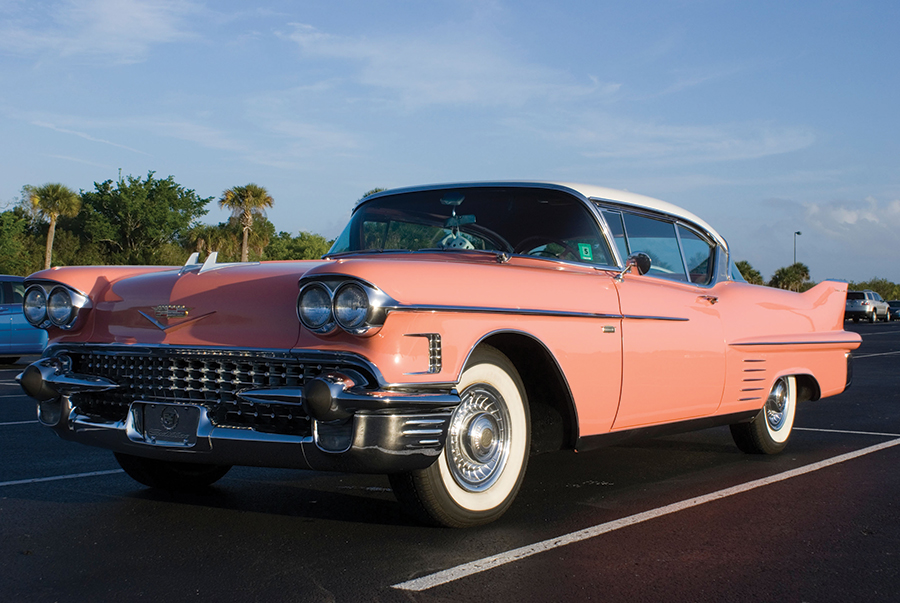Cadillac is a luxury automobile brand made by the United States automaker General Motors Company (GM). Cadillac is among the world’s most popular and widely recognized car brands. Cadillac cars have long been a status symbol of the rich and famous. A status symbol represents a person’s social and economic standing within a society or organization. Modern Cadillac models include the popular CTS and the Escalade, a sport utility vehicle (SUV). Older models include the Coupe de Ville, Eldorado, and Seville. Cadillac limousines have long been the official state car of the president of the United States. Cadillac cars were the first to have automatic transmissions, electric starters, interchangeable parts, steel roofs, and windshield wipers.
Henry M. Leland, an American mechanic and automaker, founded the Cadillac Automobile Company in Detroit in 1902. He named the company after Antoine Laumet de Lamothe, Sieur du Cadillac, a French explorer and the founder of Detroit. Early Cadillac models were popular for their reliability, appearance, and climbing and pulling capability. In 1908, the Cadillac company began producing cars with interchangeable parts, making manufacture and repair faster and easier.
In 1908, Cadillac—along with Buick and several other car companies—became part of GM. The 1912 Cadillac Model Thirty became the first car with an electric self-starter option to accompany the standard hand crank starter then in use. In 1916, Cadillacs were first used as ambulances, hearses, and police wagons. During World War I (1914-1918), Cadillacs served as staff cars—that is, cars for transporting officers—in the United States and Allied armies. Cadillac factories produced parts for aircraft engines and other military equipment.
Cadillac introduced safety glass in its 1928 models. Safety glass has a layer of plastic between layers of glass, helping to hold the glass in place when broken. Car radios first became available in 1930 Cadillacs. In 1938, Cadillac introduced the first optional sun roof.
During World War II (1939-1945), the U.S. government halted automobile production to focus on wartime needs. From early 1942 to August 1945, Cadillac factories turned out ammunition, armored cars, guns, and tanks. They also produced powerful engines for fighter planes, including the famous P-51 Mustang and P-38 Lightning. After the war, 1948 Cadillacs introduced rear “tail fins” to mimic the design of the Lightning. Tail fins became a prominent design feature on a variety of car makes and models until 1965.
To celebrate its 50th anniversary in 1952, Cadillac introduced the luxurious Eldorado. By this time, “Hydra-Matic” automatic transmission had become standard on most Cadillac models. Automatic transmissions, unlike manual ones, do not require a driver to operate a gearshift and clutch to change gears (see Transmission ).

Cadillac continued to grow through the 1960’s. But in the 1970’s, stricter pollution standards and fuel crises turned the auto industry toward smaller, more fuel-efficient models. Cadillac, known for its massive cars and engines, saw a decline in sales. Cadillac responded by building smaller cars, including the 1982 Cimarron. The Cimarron was a vastly downsized—and short-lived—Cadillac with manual transmission. Most other Cadillac models grew smaller until a return to gigantic proportions with the 1999 Escalade, Cadillac’s first SUV.
Since the 1980’s, Cadillac’s parent company, GM, has seen its profits shrink. In 2008 and 2009, GM received financial bailouts of billions of dollars from the U.S. government. In 2009, GM filed for bankruptcy, was reorganized, and emerged from bankruptcy.
See also General Motors Company .
